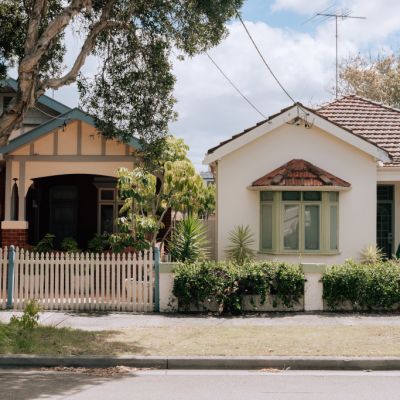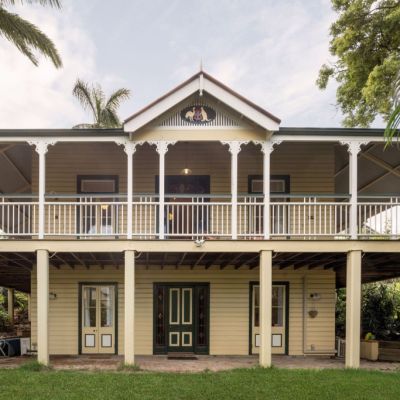Distressed listings continue to fall across the nation, despite high rates and cost of living
Distressed property listings have declined significantly across Australia’s capital cities over the past year, new data has revealed, despite the cost of living pressures and elevated interest rates.
Distressed listings in Sydney are back at levels not seen since December 2021, while Perth’s distressed listings have plunged to record lows. Melbourne has hit a 22-month low, Brisbane, Canberra and Hobart are at a 21-month low, and Adelaide is at a 20-month low.
The fixed-rate “mortgage cliff” that was predicted to decimate the housing market has failed to materialise, and the steady decline of home owners in distress is positive news for the property market, says Domain chief of research and economics Dr Nicola Powell.
“It’s quite a significant outcome,” she says. “The ongoing decrease in distressed listings is notable, especially considering the transition of mortgage holders rolling off their ultra-low home loan rates to the current mortgage environment.
“There is definitely a larger proportion of our incomes going towards mortgage repayments. However, despite the financial strain, it hasn’t become a scenario where people have had to urgently sell their properties – that is the outlook quite broadly,” she says.
There are still pockets of weakness, Powell says, particularly in Queensland.
The data shows that areas in the Greater Brisbane region recorded the highest levels of distressed listings. In Sunnybank, 17.1 per cent of listings were from distressed sellers, followed by Springwood-Kingston (14.7 per cent) and Mt Gravatt (13 per cent).
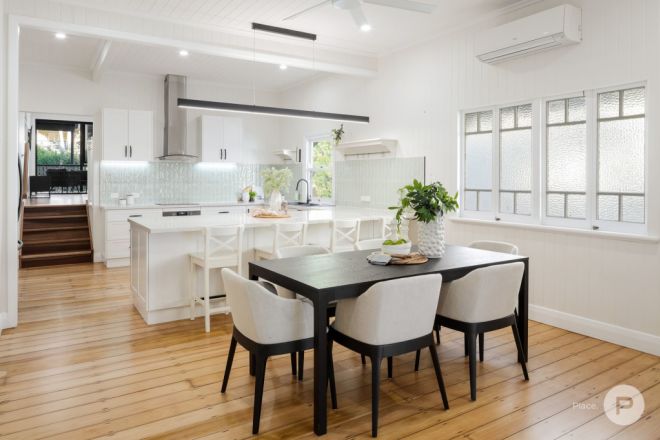
“People might’ve stretched themselves and not factored in adequate financial cushioning to accommodate higher rates of mortgage repayments and the escalated cost of living,” Powell says.
“Earlier this year, there was an elevated level of mortgage holders needing to refinance. What this tells us is households are still facing financial strain, prompting them to carefully manage their budgets to be able to make their mortgage payments.”
Powell says of all the capital markets, Sydney was a standout performer with distressed listings at almost a two-year low at 2.8 per cent. In February last year, 4.6 per cent of listings were from distressed sellers.
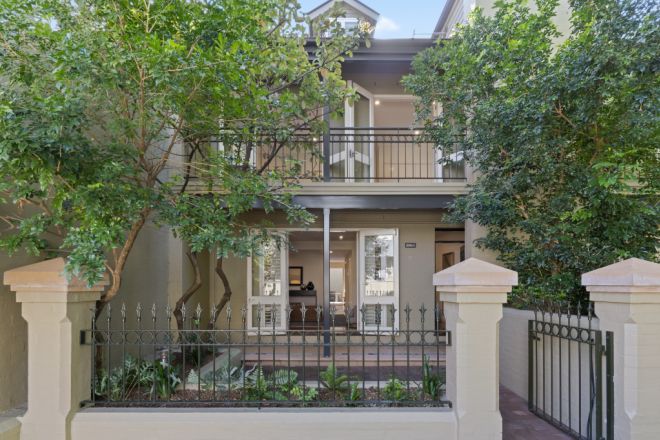
“Sydney is a high-priced market where entry into it requires substantial leverage, so there is greater vulnerability in Sydney households,” Powell says.
“So it’s a surprise that there is now a reduction in distressed listings, given previous expectations of an increase in distressed listings, particularly considering market conditions just 12 months ago … it’s defied our expectations.”
Ben Pike of Pulse Property Agents in Sydney says the property landscape today is drastically different to the market a year ago. In the first half of 2023, the RBA lifted the cash rate four times, except for January and April.
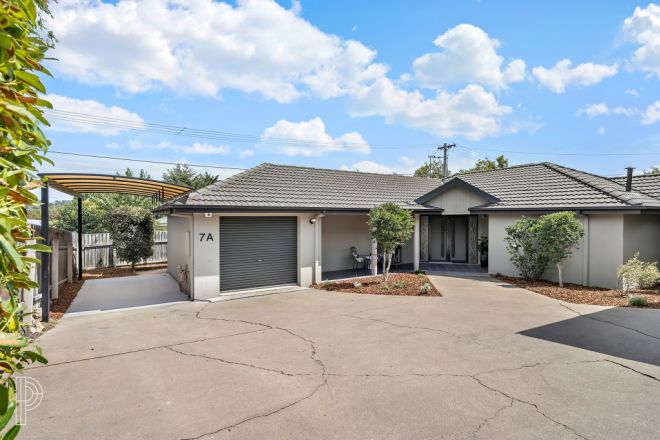
“Up until the middle of last year, interest rates got to a point where it was untenable for a lot of home owners. People were saying that they were going to have to start selling or thinking of selling, but we’re not seeing that anymore,” he says.
“A lot of home owners have weathered the last two years of interest rate rises and now know whether they can make it work or not.”
The cities that saw the biggest annual fall in distressed listings were Darwin and Brisbane.
In Darwin, only 4.6 per cent of listings were from distressed sellers, compared to 7.3 per cent in the same period last year – this was a 26-month low in Darwin. In Brisbane, it was 2.3 percentage points down from 6.8 per cent in February 2023 – a 21-month low in Brisbane.

Grant Boman of Ray White Mount Gravatt says buyer demand outweighs supply at the moment as buyers hope to purchase ahead of a potential rate drop.
“As interest rates went up on the back end of 2022 and coming into 2023, there was certainly some nervousness around it, especially on the investor side … we had a real surge in listing numbers at one point because of rates,” he says.
“But lately, I’ve had owners who have been very motivated to sell and demand for property is high now, people are wanting to get in before rates potentially fall. Our sales are really bullish now, we’re in a short-supply market. The demand is there.”
Powell notes that any rate cut in future will only “see greater rates of activity and price growth”.
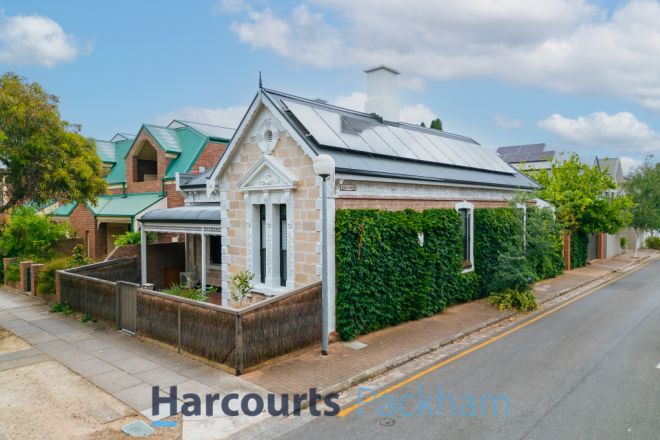
Pike adds that should rates fall this year, Sydney property prices will only increase.
“Most buyers and sellers believe the cash rate has reached its peak and it would either stay at that point or fall so we’re seeing buyers trying to get in now and buy at the current market price before a potential uplift in prices should rates fall. Buyers are getting nervous,” he says.
“We’re not seeing any distressed sales listings at the moment, but we are seeing sellers come to market and seeing positive results because of the rush of buyers.
“Every open home, there’s more than 30 groups through, every auction has five or six registered parties and they are selling well above reserve week on week. It is a very competitive market.”
We recommend
States
Capital Cities
Capital Cities - Rentals
Popular Areas
Allhomes
More
